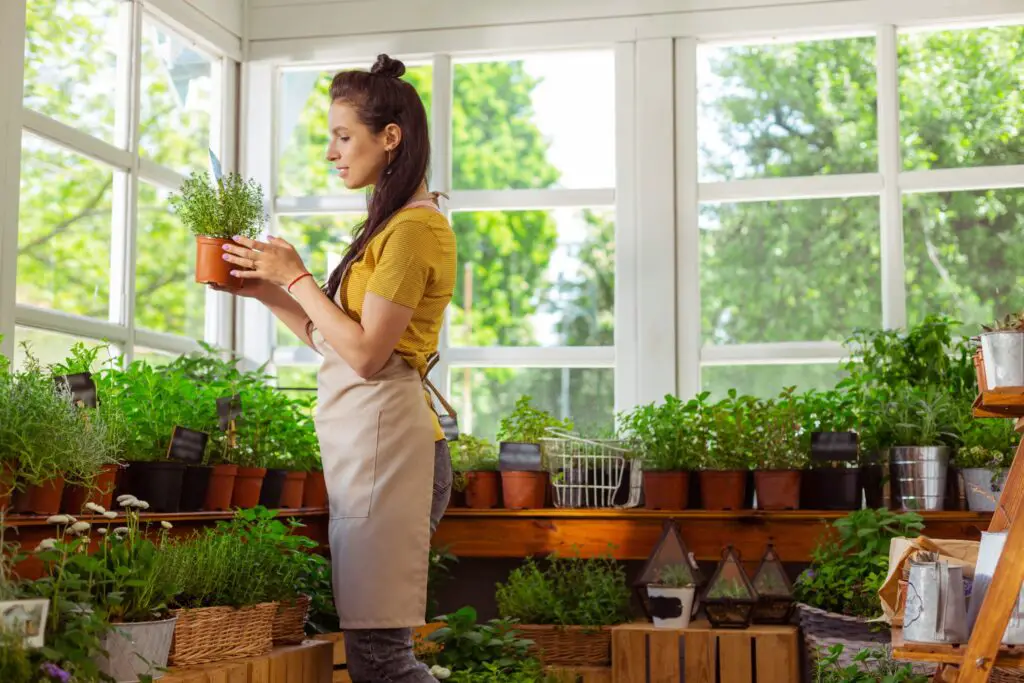
If you are wanting to grow plants in your apartment and you want some guidance and help with the process, have no fear! Below is a list of many things you need, what you should think about, and all the tips and tricks on how to actually keep a vegetable or herb alive.
1. Keep Your Apartment at 60°F
Your apartment should be at a good temperature for growing plants. If it is snowing where you live, waiting until spring to start planting could be a good idea so your plants will have better temperatures to live in.
Plants thrive at about 60°F because it is relatively cool, and most of the warmth comes from direct sunlight, making it so they won’t overheat or dry out quickly. Plants can still grow well if the temperature is in the 70s, but try to keep a close eye on the temperature in your apartment so as to not overheat the plants.
2. Lots of Sunlight
We all know that one of the few things you remember from elementary school is photosynthesis, which is how plants use the sun to help them grow. Because of this, you know that your plants need a lot of sunlight. Depending on what you are planting, they will need about 6-8 hours of sunlight a day.
If you have plants that typically grow in the shade, giving them less sunlight is best. You can do that by giving them 4-6 hours of direct sunlike and/or placing them in a room where the sunlight comes in, but won’t fully hit the plant. That way, it grows through indirect sunlight.
3. Be On Top of Watering
Making sure to water your plants is just as important as making sure they get enough sunlight, and remembering to water your plants might just be one of the hardest parts of plant ownership. Introducing a new habit into your schedule is tough, especially when different plants are going to need different amounts of water on different days. If you need the extra help, there are are variety of apps you can use to set reminders on your phone, or you can set a schedule on your calendar.
Different plants need water at different times and in different amounts. But that can be hard to keep up with, so unless you are growing a temperamental plant, you should probably keep up with watering daily to every couple of days. To test if your plant needs more water, feel the soil below the surface to see if it is dry or wet, or look at the plant and see if the stems are starting to bend or wilt. If the stems are bending or the soil is dry, your plant will need to be watered.
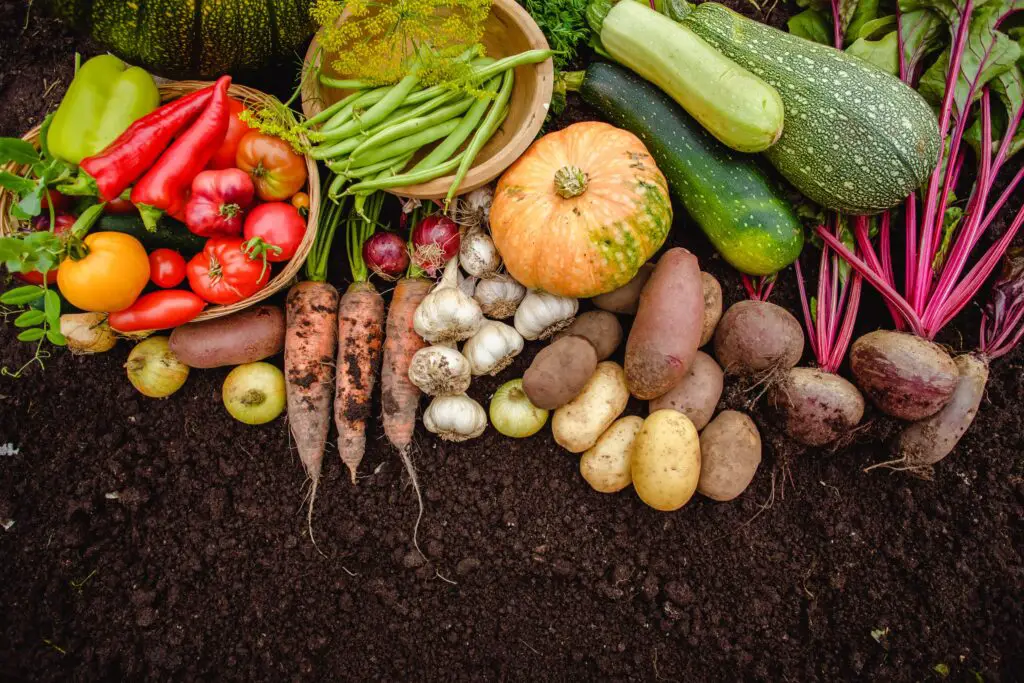
4. Fertilizer
Fertilizer is food for plants. It is very important not just for growing plants, but to keep them alive and thriving, especially if you are growing vegetables or herbs. You can buy fertilizer to mix into water, then water your plants to feed them those extra nutrients. It will help them grow and stay strong.
You can apply fertilizer to your plants weekly or as needed for the specific plants you are growing. If you have not used fertilizer before, you will love the way it keeps your plants strong, healthy, and growing extremely well. This is really a key ingredient that helps them grow so well!
Make sure to look at the directions for the fertilizer before you apply it to your plant, and use the correct kind. Using the incorrect fertilizer or the wrong amount can give your plant chemical burn, which has a chance of killing it.
5. Prune Plants and Encourage Growth
Trimming down your plants is an important step in keeping plants that many people don’t know about or forget to do until their plant direly needs it. So, what is it? If you don’t know what it is, basically you will trim down the stems on the plant when those stems or leaves are weak, damaged, or starting to rot.
Before you take a pair of shears to your plant willy-nilly, it’s important to know that not all plants need to be pruned in order to be healthy or fruitful, so make sure to look up your plant by name to find pruning directions specific to you.
For example, selectively pruning branches and fruit from fruit trees will help the remaining fruit be bigger and more healthy, as the tree will be able to send it more nutrients. You wouldn’t really prune a chive plant, however, since the visible part of the plant itself is what you’re going to be eating. However, there are a few instances where you can reliably prune any plant.
If you notice that part of the plant has wilted, or has begun to die past the point of recovery, go ahead of cut it off with a pair of sterile pruning sheers. Keeping the sheers sterile will help make sure you don’t introduce any bacteria into the wound on the plant that could make the whole plant sick. Cutting off the irreparably damaged part of the plant will prevent the main body of the plant from wasting resources it needs on trying to heal something that can’t recover.
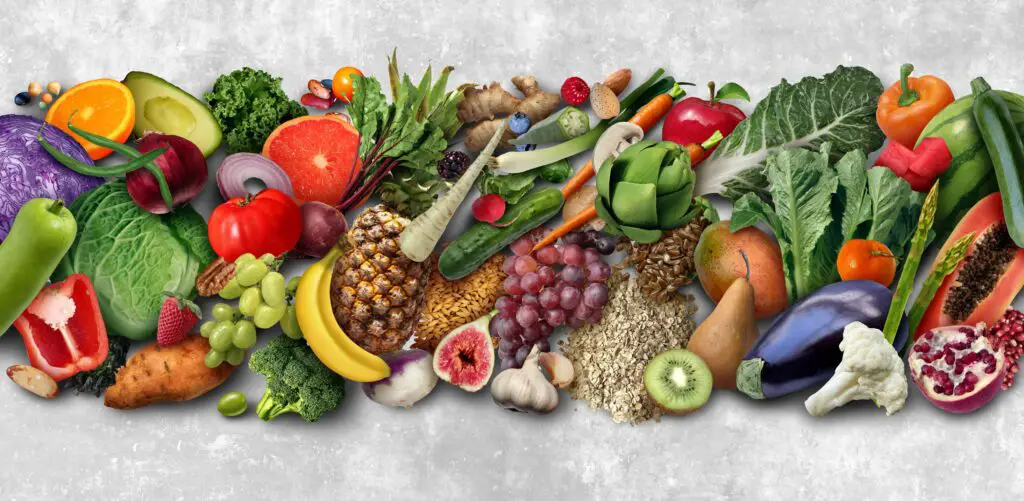
6. What Should You Plant?
There are many things to consider when deciding what to plant in your apartment. First, evaluate what will actually eat and use in your food. For example, if you will not eat carrots or rosemary, you can narrow down your choices and pick from there. Once you have a list of what you would like to get, you can go to some stores and buy the seeds or starts you need to grow what you will eat, and once you’re there, adjust what you buy based on your budget. There are plenty of pants to grow, so no matter what your gardening budget is, you will find a few good options to grow in your apartment, patio, or on the balcony.
Trying to grow herbs can be easier, as they grow quickly and are easily useable. Herbs are a little harder to kill, so long as you keep up with them every day, and if you forget, they will survive a few days without being tended to (though you should try to stay on top of it). You can also try to grow root crops that are more easily managible.
7. Good Pots
There is a lot that can go really well and really wrong when growing plants. One important thing to get right is to purchase a quality pot in the right size. You cannot put a small plant in a large pot, and you cannot put a large plant into any pot that fits. You need to make sure that there is room for the plant’s roots to grow and expand.
If your plant has grown and is having trouble staying healthy looking even though you are doing everything right, it could have outgrown its pot. If this happens to you, look into transferring the plant into a bigger pot. However, if you are growing a root vegetable, you will want to start the seeds it in a small pot, then transferring it to something big once it starts sprouting so that you won’t have to re-pot it, as it will be too hard to move a plant with beets or potatoes attched into a larger pot without completely ruining them.
8. Give Them Air Too!
Your plants need sunlight, water, fertilizer, and attention; don’t forget about air! If your plants are indoors, they could have a hard time with the stagnant air unless you open the windows often. It is recommended to have a good airflow going to help your plants breathe, and grow strong.
As we discussed earlier, 60°F is a great indoor temperature for growing plants, and the beginning of a plant’s life is very important, so sticking to these recommendations is best. Follow them to the best of your abilities, and begin planting your vegetables and herbs in the spring. This way, the weather is perfect, the air is great for growing plants, and there is going to be more pollen in the air, which will be great for plants, especially if you plant them on your patio or balcony.
For at least a few minutes every day, open the window that your plants are near so fresh air can get into the apartment and help them thrive. However, if it is raining or stormy outside, don’t worry about opening the window.
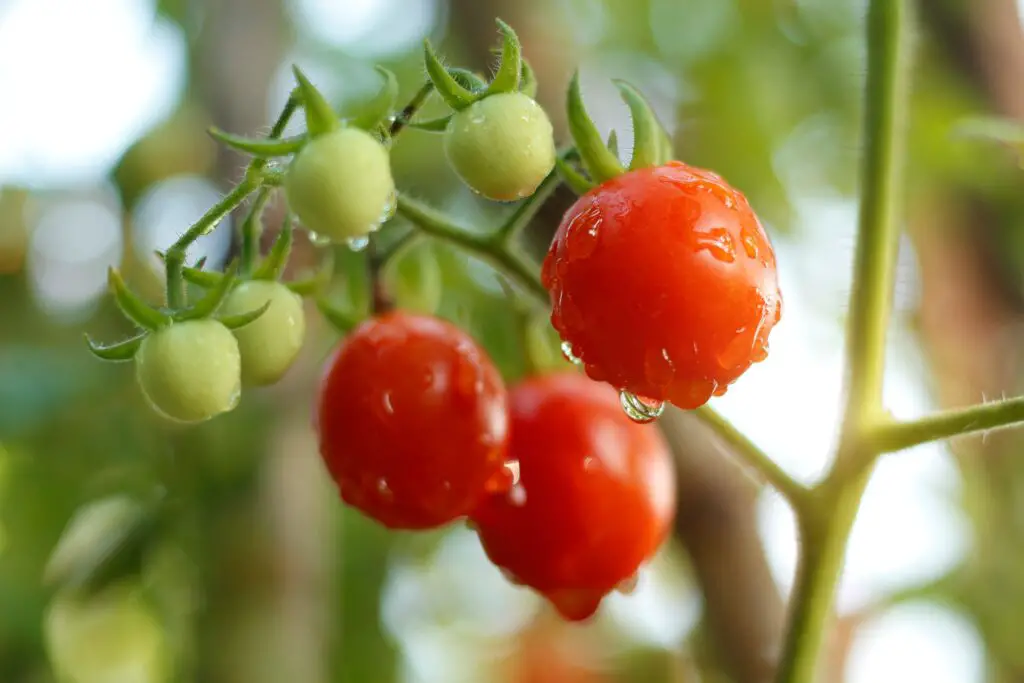
9. Rotation and Sunlight
Sunlight is very important, but if your plants are indoors, you may notice that they will lean against the windows because they are trying to grow towards the sunlight. To prevent it from becoming lopsided , or leaning too far in one direction, you can rotate the plant to shake up the side facing the window. This will keep the plant “reaching” for different sides, preventing the lean from becomng to pronounced in any one direction.
A good routine to have consists of turning the plant 90° to the right every week or so. That way, you give the plant a 4-turn rotation, allowing it to get lots of sunlight, and it will grow straight instead of to the side. If it is leaning, you can turn it to face away from the window, and hopefully, in a day or two, the plant will stand straight as it adjusts to where the light is.
This not only helps the plant receive light on more sides, but it also allows you to maintain an aesthetic look for your plants because bending plants look like they are wilting and need water. However, it could just be your plant reaching for the light!
If this is a concern for you, you can always use grow lights, and place them right above your plant, which will keep the plant from leaning in any one direction, and will encourage upward growth. You can also set many of them on a schedule, ensuring that your plants recieve the needed amount of light per day.
10. Must-Have Tools
There are a lot of products online for anything you need. When it comes to plants, the products available are endless. There are simple, complicated, easy-to-use, and difficult products. So, how can you know what is a gimmick and what is worth your money? Well, here are some highly-rated things that are used by many people.
First up, you can equip yourself with a pack of different-sized pots or even a 3-pack of hanging pots. These can help you get started with planting. Plus, if you are low on space in your apartment, hanging pots can allow you to grow a lot of plants in space that you typically don’t use.
Another great product that is cheap, but will work amazingly, is a continuous mist spray bottle. This is the best for everything, as you will have no need for a regular spray bottle after you get this. It evenly sprays water and is mistier than a classic spray bottle. It also helps to lightly hydrate the leaves of a plant, which makes it easy to avoid over-watering your plants.
Last, you should try to get a moisture meter. It will let you know how moist the soil is; based on that, you can know when to water your plants without digging your fingers into the soil to feel for the moisture. For plants that thrive in a more humid environment, you can purchase a humidifier to keep them healthy and happy.
Overall, there are many things that you can do to ensure that the vegetables you are growing in your apartment will thrive and produce a lot of food for you to enjoy. However, keep in mind that you may not notice much growth progress until a certain point, so don’t panic if your vegetables aren’t growing as quickly as you expect.

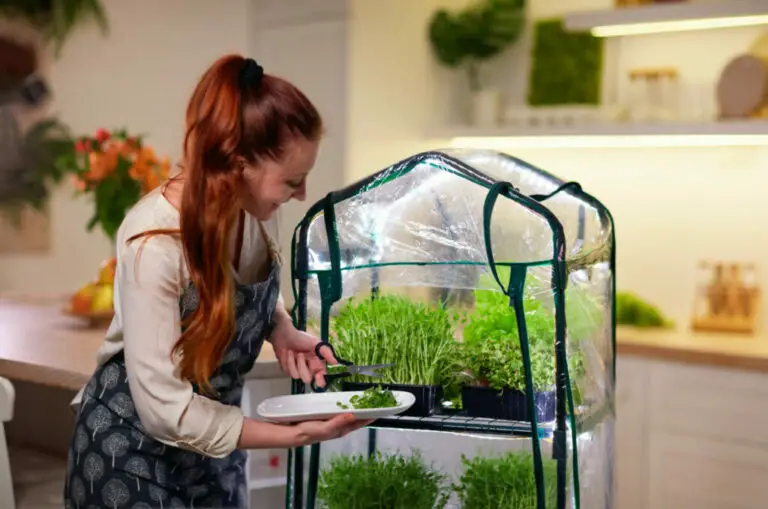
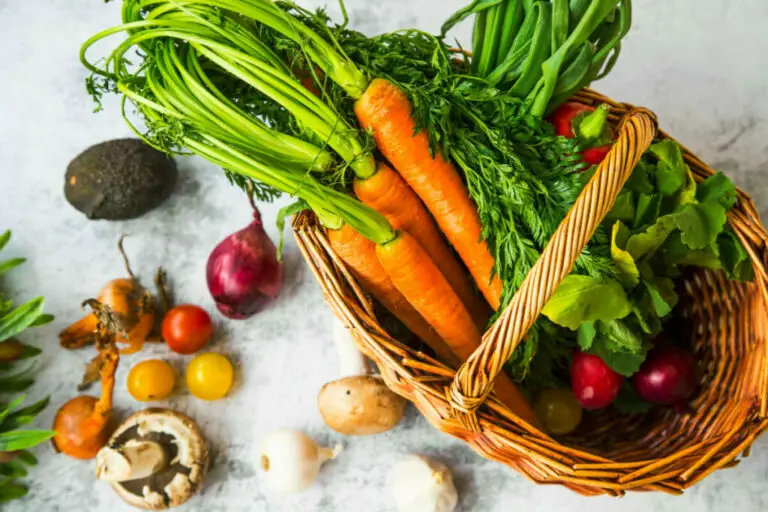
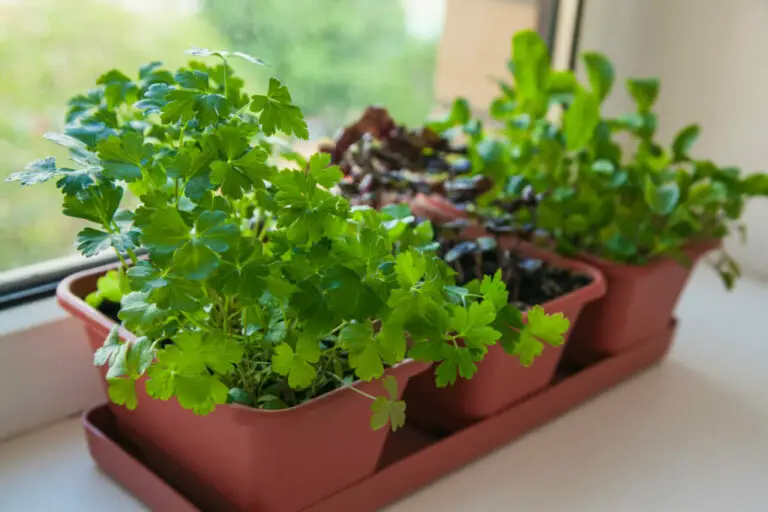
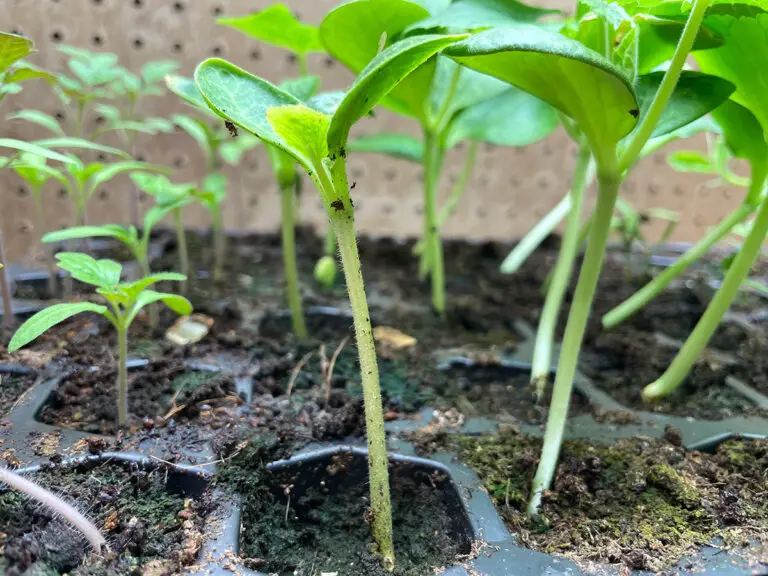

Good stuff conveyed. Thank you so much for sharing this content; I found it to be incredibly interesting and informative. Reiterating My Thank You. Very nice.
Nice post. I learn something totally new and challenging on websites